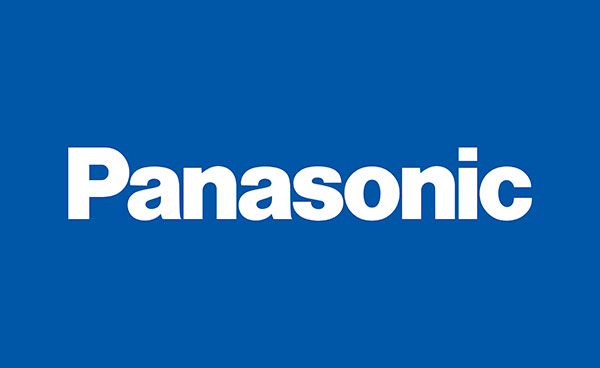
HD-PLC 4 IP core is a high-speed wired communications solution for the IoT era
Panasonic Corporation announced that it has begun licensing the HD-PLCTM 41 IP core required for the design of semiconductors with technologies and functions that comply with the IEEE 1901–20202 international standard.
As the fourth generation of the HD-PLC series, this IP core will expand the scope of HD-PLC’s deployment beyond the traditional focus of power lines to existing metal wires, such as control lines and coaxial cables.
This new HD-PLC technology also enables higher speeds, greater distance, and less wiring for wired communications.
This IP core enables semiconductor and peripheral equipment manufacturers to flexibly meet a range of IoT service requirements and manufacture products that respond to these needs.
As a wide range of equipment in society becomes digitalized and connected to internet, communication technology is becoming increasingly important. While the development of wireless technologies such as 5G and high-speed fiber optic internet gains pace, the use of existing metal wires plays an important role as a communication medium within the building walls and ceilings and underground facilities and equipment where wireless access is difficult.
This IP core is a solution that can quickly meet the requirements of the era of IoT, such as higher-speed networks, enhanced security, and internet protocol networks. In addition, by integrating with wireless and other technologies, this IP core can help create optimal networks in a range of environments, from living spaces to social infrastructure.
Using its experience and achievements with the HD-PLC 3 IP core, which is currently used widely in the market, Panasonic will provide one-stop development support to users, along with the licensing of this new IP core, including proposals for analog front-end circuitry—key to the mounting of semiconductors.
Further, Panasonic will aim to expand the adoption of IoT PLC, as a high-speed wired communication solution using this technology, to large-scale networks that cover not only living spaces but also social infrastructure such as buildings, factories, smart cities, and smart building.
This IP core will first be licensed to Socionext Inc. This will enable the supply of fourth generation HD-PLC semiconductors with higher performance and lower energy consumption than conventional HD-PLC semiconductors. It is expected that these will then be built-in to a range of IoT-connected devices.
Panasonic will launch a dedicated website with more information about this technology. The company will also co-host the global IEEE SA and HD-PLC Alliance*3 Webinar on March 18, 2021, together with these two organizations.
Main Features
- The standard mode communication band (250 Mbps) can be doubled or quadrupled, allowing a 500 Mbps4 communication speed in double mode or a maximum of 1 Gbps4 in quadruple mode on coaxial cable or dedicated line.
- The standard mode communication band can be compressed on two levels (half or quarter), concentrating and extending the communication distance up to twice*5 the distance in standard mode.
- With the multi-hop function, it is possible to operate a wide area network of up to 1024 nodes.
Main Specifications
Communication bandwidth: High-speed mode (1 Gbps, 500 Mbps) *Optional Standard mode (250 Mbps) Long-distance mode (2 x or 1.5 x the range of standard mode)
Approved standards: IEEE 1901-2020 ITU-T G.9972 (Coexistence mechanism for different PLC systems) ITU-T G.9905 (Multi-hop) *Optional EN 50561-1:2013 (Dynamic notch and dynamic power control)
Panasonic Corporation is a worldwide leader in the development of diverse electronics technologies and solutions for customers in the consumer electronics, housing, automotive, and B2B businesses.
Source: panasonic.com
